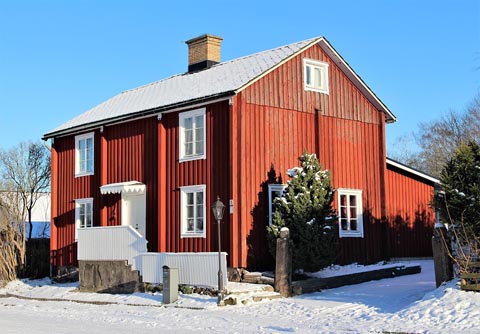Three focuses of my blog are Financial Literacy/Money, Home/Living, and Home/Property Discussions. While homes are some of our biggest investments, they need constant care. Furthermore if maintenance is neglected, our homes can ultimately cost us more money. If you live in a region with a winter season, you want to consider making critical repairs before the change of seasons. The following contributed post is entitled, 3 Structural Defects That You Need To Fix Before Winter.
* * *

This winter may be bleaker than others with the threat of coronavirus still looming for everyone. Christmas may be a Zoom meeting and you might be spending more time indoors than you would like, but there are ways that you can make your winter a little less worrisome. You need to think about how you can make your home structurally sound and fit for the harsher climate. Preventative measures are crucial because otherwise, you may find yourself with a hefty bill to fix issues in the depths of the cold season. Follow this guide and discover three structural defects that you need to check before winter.
The Roof
With rain, hail, and snow on the cards in the next few months, it is crucial that your home is watertight. Look up and check your roof tiles. Are they cracked or have any slipped? A bowing roof is a sign of water building up in your roof space. This can result in rot and damp entering your joists meaning that your home becomes structurally unsound. Check the flashing around your chimney. If there are any holes, leaks will develop resulting in a moist and unhygienic upstairs interior in your pad. This can be fixed with a simple membrane application or a replacement of the flashing. Get this sorted and renovate now and you will save yourself money on an entire roof replacement.
Subsidence Or Movement
Any movement in your home can be worrying. If your doors are starting to stick, there is a definite slope in your flooring, and you struggle with cracks in your home, you may be suffering from subsidence or heave. Heave is when tree roots begin to encroach on your foundations as seen at https://www.fridaysmove.com/. This can be rectified by chopping down your larger trees and repointing your brickwork. This is cheap to fix. For more serious subsidence, underpinning may need to occur. While costly, this is needed to ensure that the movement doesn’t spread and to keep your home mortgageable. Without it, you will be living in a money pit with no chance of being able to sell up and move onto pastures new.
Pipework
The pipework in your home can become less efficient during the winter months. Get a specialist out and inspect your pipes. Gas engineers will service your boiler and a plumber can check your heating system. If you do suffer from any burst pipes or leaks, you may need the services of https://www.hlrestoration.com/ to remove the moisture, damp, and mold from your dwelling.
Your gas pipes connected to your boiler can freeze in the colder months, resulting in them bursting or shattering eventually. To prevent this, put your heating on for twenty minutes every twelve hours before the colder climate sets in. Doing this costs nothing, but keeps your pipes warm and free flowing.
If you are eager to make your winter a little less bleak, you will need to spend money to save money in the long run. Follow this guide and you can make your home structurally sound this season.
